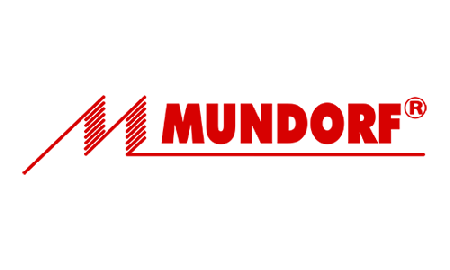Are there specific banana plugs you would recommend?
I have now tested a large number of speaker (banana) plugs for screwing. Until now, all gold-plated or rhodium-plated plugs that were priced below the "INAKUSTIK BFA-103 HOLLOW BANANAS REFERENCE RHODIUM" were magnetic. The only gold-plated and screwed plugs that were not magnetic are the "WBT 0610 CU NEXTGEN™", but all replicas of them are also magnetic.
So far, the only non-magnetic plugs that can be screwed on are:
- INAKUSTIK BFA-103 HOLLOW BANANA REFERENCE RHODIUM
- INAKUSTIK BFA103 - ANGLED 45° - HOLLOW BANANA REFERENCE RHODIUM
- WBT 0610 CU NEXTGEN™ - PLASMAPROTECT™ BANANA PLUG
- WBT-0610 AG NEXTGEN™ BANANA PLUG
Cheap and Chinese plugs that are rhodium-plated often (always always!) have a nickel layer underneath the rhodium plating. The reason is simple, rhodium is expensive. A wafer-thin (and therefore cheap) rhodium layer on nickel looks real and flaws and wear are not visible. On copper, with such a thin rhodium layer, you can quickly spot flaws in the coating and wear.
When it comes to soldered hollow bananas, all uncoated ones were made of copper and all silver-plated ones were nickel-free and non-magnetic. All gold-plated ones were magnetic.
All gold-plated ferrules I have had in my hand so far (5 different manufacturers/sources) have been magnetic.
Of course, that doesn't mean that there aren't other gold-plated or rhodium-plated plugs that are nickel-free and non-magnetic. However, you should get away from the idea of finding this in cheap plugs, as both coatings without nickel are x times more expensive, even more expensive than the actual plug.




